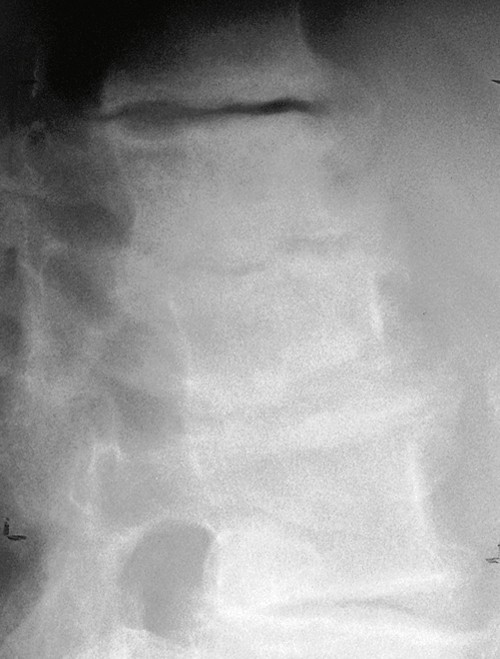Peer Reviewed
Feature Article Geriatrics
Problems of age in rheumatology
Abstract
The spectrum of rheumatic disease seen in elderly Australians is different to that seen in younger adults. Effective approaches to management require careful consideration of the impact of the ageing process as well as individual patient circumstances.
Key Points
- Musculoskeletal disorders are common in the elderly and can be more difficult to diagnose and manage than in younger patients.
- The aims of therapy are to relieve symptoms and to maintain or improve functional capacity.
- Treatment needs to be individualised. Comorbid conditions and other drug therapy must be considered prior to prescribing.
- COX-2 selective inhibitors are symptom-modifying drugs that have slightly better upper gastrointestinal safety compared with traditional NSAIDs. However, both traditional NSAIDs and COX-2 selective inhibitors have significant potential problems when used in the elderly.
- Patients should be reviewed at regular intervals while taking therapy to assess effectiveness, identify adverse effects and determine need for continued treatment.
- A variety of nonpharmacological measures can be used to improve symptoms and quality of life.
Purchase the PDF version of this article
Already a subscriber? Login here.

